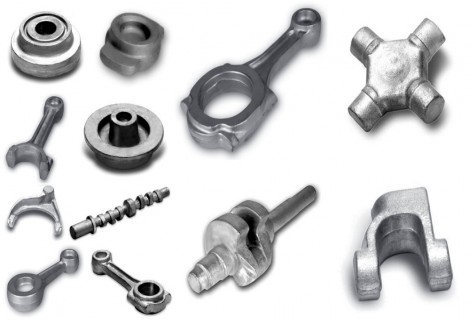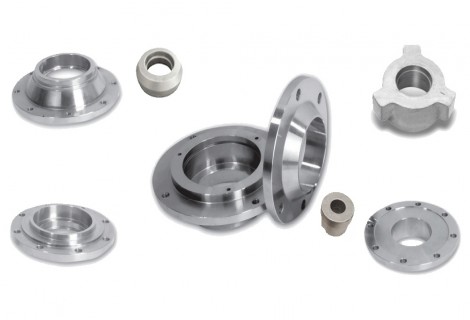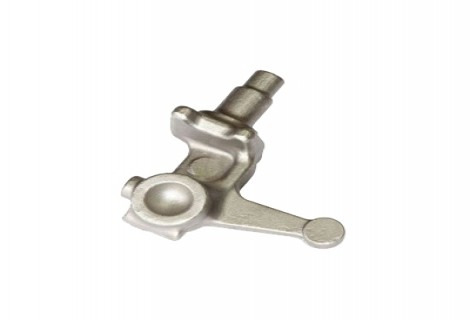Hot Forging
Generally, forging is the process of forming and shaping metals through the use of hammering, pressing or rolling. Hot forging is a plastic deformation of metal at a temperature and strain rate such that recrystallization occurs simultaneously with deformation, thus avoiding strain hardening. For this to occur, high work piece temperature (matching the metal's recrystallization temperature) must be attained throughout the process.
The basis procedure for hot forging is relatively simple. Metal stock in the form of either a bar or billet is first heated into the hot working temperature range to improve ductility. Then the material is squeezed or hammered in a series of tool steel dies to convert the stock into the finished shape. Excess material in the form of flash is produced as a necessary part of forging, and the final processing stage is to remove the flash to yield the finish forged part. Hot forging is a near net shape process, so parts produced by hot forging require machining, specialty on surfaces that will locate with other parts in a final product.
MATERIALS AND PRODUCTS
Hot forging is a process that can be used to produce a wide variety of parts used in a lot of sectors such as aerospace (aircraft engines, airframe and auxiliary equipment…), automotive (joints, chassis parts, crankshafts...), electricity (power generation, transmission…) machinery and equipment, hand and industrial tools, construction, mining, plumbing (pipeline fittings, valves, flanges…), ship building, railroad equipment...
MATERIALS
The most common materials used as below.
- Carbon Steel
- Stainless Steel
- Alloy Steel
- Aluminum
- Brass
- Copper
Hot Forging Advantages (Vs Cold Forging)
- Elimination of chemical impurities.
- Enhanced ductility.
- Homogenized grain structure.
- Accurate forming.
- Complex shapes.
- Resistance to cracking.
- Parts of higher weight and volume.



